By: Bernardo M. Ferdman, Ph.D.
Inclusion at Work
Why should we care about diversity and inclusion?
Diversity—the many ways in which people are different—can be a vital resource for groups and organizations. We know from research, for example, that diversity helps to catalyze innovation, especially under the right conditions. When we welcome and engage with diversity, we are more likely to encourage generation and sharing of new and different ideas and to bring together a greater variety of ideas, information, perspectives, and opinions—ultimately leading to better decisions and problem solving. Doing this is much more likely in an inclusive group or organization—one characterized by openness to and appreciation of difference.
Diverse and inclusive organizations can attract, recruit, and retain a greater range of people, consequently availing themselves of broader talent pools. To truly embrace and leverage diversity and inclusion—to create workplace cultures where everyone feels welcomed and their differences are appreciated and valued—it is important to become clearer about what we mean by diversity and inclusion at work, and to learn what each person in the organization can do to help foster a more diverse and inclusive workplace culture.
What do we mean by diversity and inclusion?
At its most basic level, diversity is simply about difference; people vary in many ways, some based on individual differences and others grounded in the range of social identities and groups that we belong to. At the same time, diversity can be multilayered and complex, because these identities and characteristics combine within each of us, and because there are histories of relationships between groups that also come into play.
When we first hear about diversity, we tend to focus on demographic or identity dimensions, especially the most visible ones (e.g., gender, race, ethnicity, culture, age, national background, sexual orientation, physical ability/disability). At the same time, diversity also involves less visible and more individual dimensions (e.g., personality, abilities, thinking style, values, experiences). In short, diversity involves the differences and similarities among people across many dimensions represented in a particular group or organization. These dimensions combine within individuals, influencing how we approach and experience work and life as well as how we perceive and treat each other. More diverse groups and organizations have the potential to benefit from these differences, but they can also experience the tensions that are also associated with more dissimilarities.
Inclusion is how groups and organizations can get the greatest benefit from their diversity. Inclusion involves creating a sense of full belonging and participation in a group or organization for everyone, so that no one feels the need to hide or subsume their differences, and everyone can tap into their strengths and contribute these for collective benefit. When we experience inclusion, we feel safe, engaged, valued, appreciated, and able to be fully ourselves—both as individuals and as members of multiple social identity groups.
Although we often see the terms diversity and inclusion together, it is important to keep in mind that they do not mean the same thing. To fully benefit from diversity’s advantages, organizations and their leaders must also foster inclusion. Without the experience of inclusion, people who are different in notable ways from traditionally represented groups may not feel quite as safe, accepted, or valued and may therefore be less likely to fully engage, participate, and contribute. If their sense of identity is threatened or they do not feel that they can be their authentic self, their talents and full contribution may be diminished or lost. In inclusive workplaces, people can be fully themselves, striving to be their best, without fear or without a sense that they must hide or become someone else.
How can we foster a more inclusive workplace? What can leaders do to create a truly inclusive workplace?
Fostering inclusion is both simple and challenging. At its basic level, all members of the organization need to learn more about what inclusion is, how it matters, and what they can do to create and sustain it—for themselves and for others. At the same time, leaders have a responsibility to create the opportunity for this learning, and to provide ways to make inclusive behavior something that is expected and rewarded, as well as to embed inclusive values and processes in all aspects of how work is done. Inclusion can also be difficult because it requires us to balance comfort and discomfort—the goal is for many types of people to be more at ease at work, but at the same time, we must be prepared to leave our comfort zones as we more frequently encounter and collaborate with people who may be different or see things quite differently than we do. By expanding our repertoire of inclusive behavior, we can get better at proactively achieving and maintaining this balance, and consequently improving our organization and its results.
The following are suggestions for what all of us—and especially leaders—can do to build more inclusion at work:
- Acknowledge and appreciate differences of all types in the group and in the organization.
- Learn about and be mindful of personal biases; examine and address assumptions about power, voice, competence, and effectiveness, especially how these relate to our different identities.
- Seek to notice and remove systematic bias and discrimination—whether conscious or inadvertent—and to replace these with more productive and fair ways to work with difference.
- Model and encourage authenticity.
- Create opportunities tailored to individuals’ special qualities and strengths, seek out unique voices, and highlight both individual uniqueness and collective identity.
- Give all stakeholders the opportunity to engage in constructing norms and processes for inclusion while holding each other accountable.
- Learn to be comfortable with discomfort and seek out situations that will result in learning, growing, and collective mutual benefits.
Conclusion
Diversity and inclusion are inevitable and necessary in our increasingly globalized organizations. Creating and sustaining an inclusive workplace can be challenging—and very rewarding. Everyone can contribute to creating inclusion for themselves and others, by learning about inclusion, behaving inclusively, contributing to an inclusive culture, and supporting organizational initiatives on diversity and inclusion. Diversity and inclusion can have great benefits to the organization and its people, especially when each member of the organization plays a part.
About the author: Bernardo M. Ferdman, Ph.D.—Principal of Ferdman Consulting and distinguished professor emeritus at the California School of Professional Psychology, Alliant International University—consults, speaks, coaches, and writes on diversity, inclusion, and leadership. He is an SCP, SIOP, and APA Fellow, and served as chair of SCP’s Diversity & Inclusion Committee. (Twitter: @bferdman; LinkedIn: linked.in/in/Ferdman).
Sophia Sung, project associate for Ferdman Consulting and Ph.D. student at the California School of Professional Psychology of Alliant International University, also contributed to this blog.


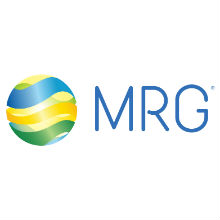


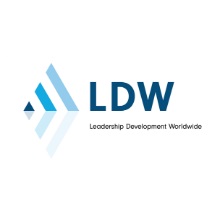
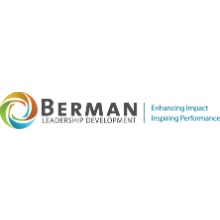








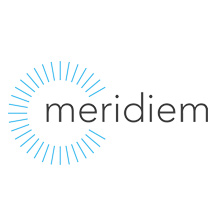
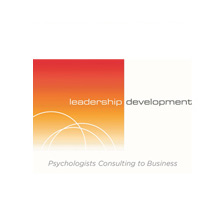
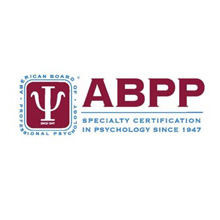
Mira, thanks for the example and question! This is one of those situations that can involve some discomfort all around (see http://bit.ly/discomfortofinclusion). One of the challenges involves the frame used to consider the behaviors and interpretations involved. The idea of group-based "entitlement" and privilege is not evident to everyone -- and I and others would argue that whether or not we see it (or are willing to see it) is in itself an intergroup dynamic, such that those in more societally dominant groups are much less likely to notice or acknowledge the group bases for privilege. In a coaching context, I think that asking powerful questions that direct attention to systemic dynamics can be helpful. Related to this are question to help people understand more about where their advantages/disadvantages (and those of others) come from. Here is one helpful resource for learning about leadership and race from a systemic perspective: http://leadershiplearning.org/new-publication-how-develop-and-support-leadership-contributes-racial-justice. I hope others add their perspectives and experiences!
I remember when this was first posted - I liked it so much I sent it around social media - really liked the explanation about understanding the difference between diversity and inclusion. I do have a question. I had a very good conversation with a supervisee who was sharing with me having a difficult conversation with her own employee around entitlement. As you can imagine the employee did not take it well. But I was glad that the conversation was had. Would love to hear if anyone has had these conversations of coached someone else on how to have the conversation around entitlement (e.g., when employee is white and privileged and the rest of the team does not come from the same background, not had the same opportunities, etc.)